This post may contain affiliate links which means I will get a commission if you make a purchase at no additional cost to you. As an Amazon Associate I earn from qualifying purchases. Please read my disclosure for details.
Dining out can be a fun and delicious experience, but restaurants are designed to make you spend more than you intended. From cleverly structured menus to psychological pricing tricks, restaurants use strategic tactics to subtly encourage higher spending. While you might think you’re getting a good deal, the reality is that these methods often lead to inflated bills. Here are 14 sneaky restaurant pricing tricks that can make you overpay without even realizing it.
1. Menu Design Psychology Influences Your Choices
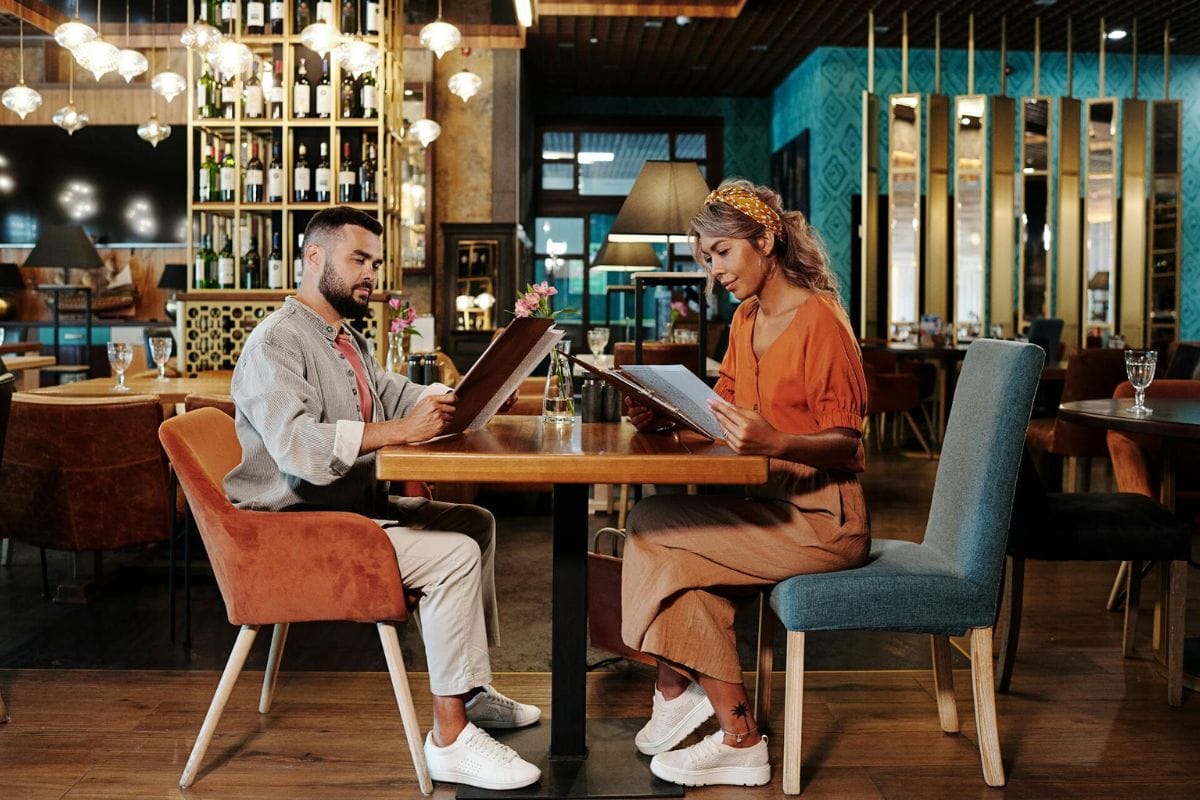
WANT TO SAVE THIS RECIPE?
Restaurants don’t just throw menus together randomly—they carefully design them using colors, fonts, and layout tricks to make certain dishes stand out. High-profit items are often placed at the top right corner or in bold boxes where your eyes naturally gravitate. Additionally, expensive dishes may be listed first to make everything else seem reasonably priced, subtly nudging you toward mid-range but still pricey options.
2. Anchoring Prices with an Expensive Dish
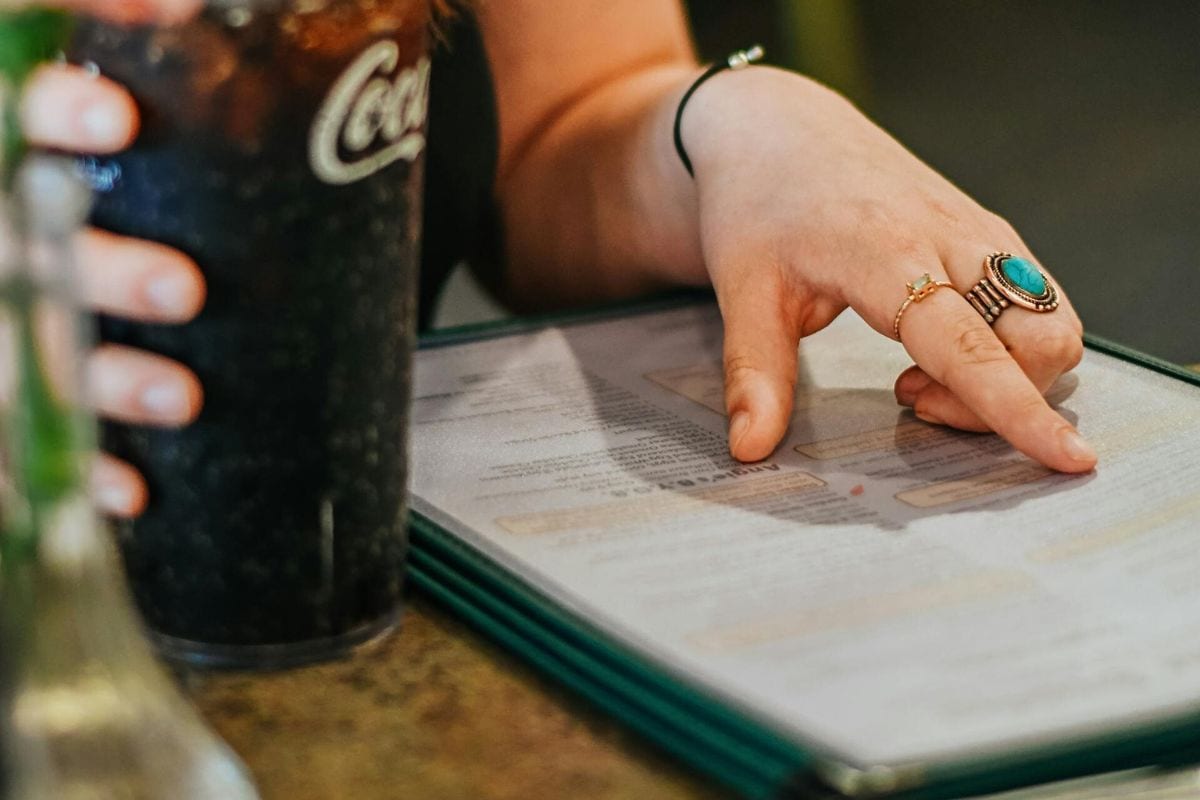
Ever notice how some menus have an outrageously expensive steak or seafood platter? That’s no accident. This tactic, known as “price anchoring,” makes other high-priced items seem more reasonable in comparison. When you see a $75 lobster dish at the top of the menu, a $40 steak suddenly feels like a bargain—even though it’s still significantly marked up. This trick subtly influences you to spend more than you planned.
3. Eliminating Dollar Signs to Reduce Price Sensitivity
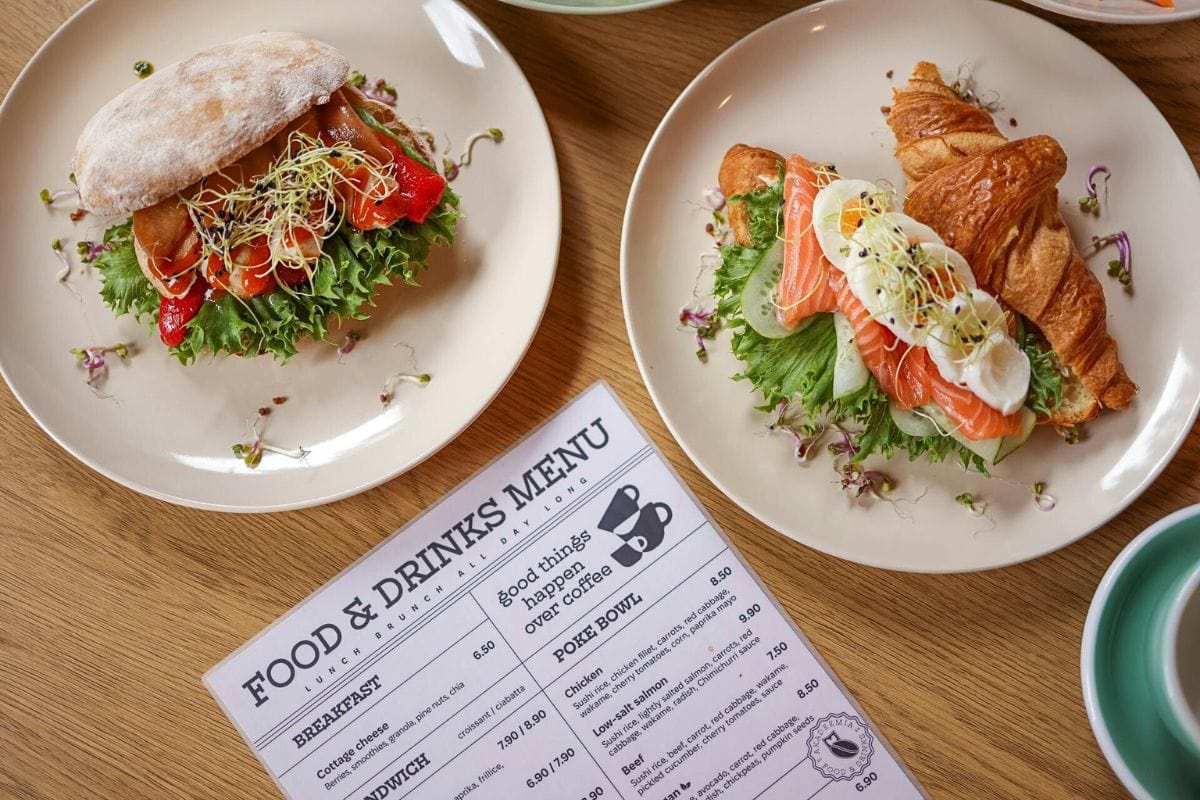
Many upscale restaurants remove dollar signs from their menus, listing prices as “18” instead of “$18.00.” Research shows that this makes customers spend more because it psychologically distances them from thinking about actual money. Without the dollar sign, your brain focuses on the meal rather than the cost, making it easier to justify splurging on that premium entrée or extra appetizer.
4. Using Odd Pricing (Like $9.99 Instead of $10.00)
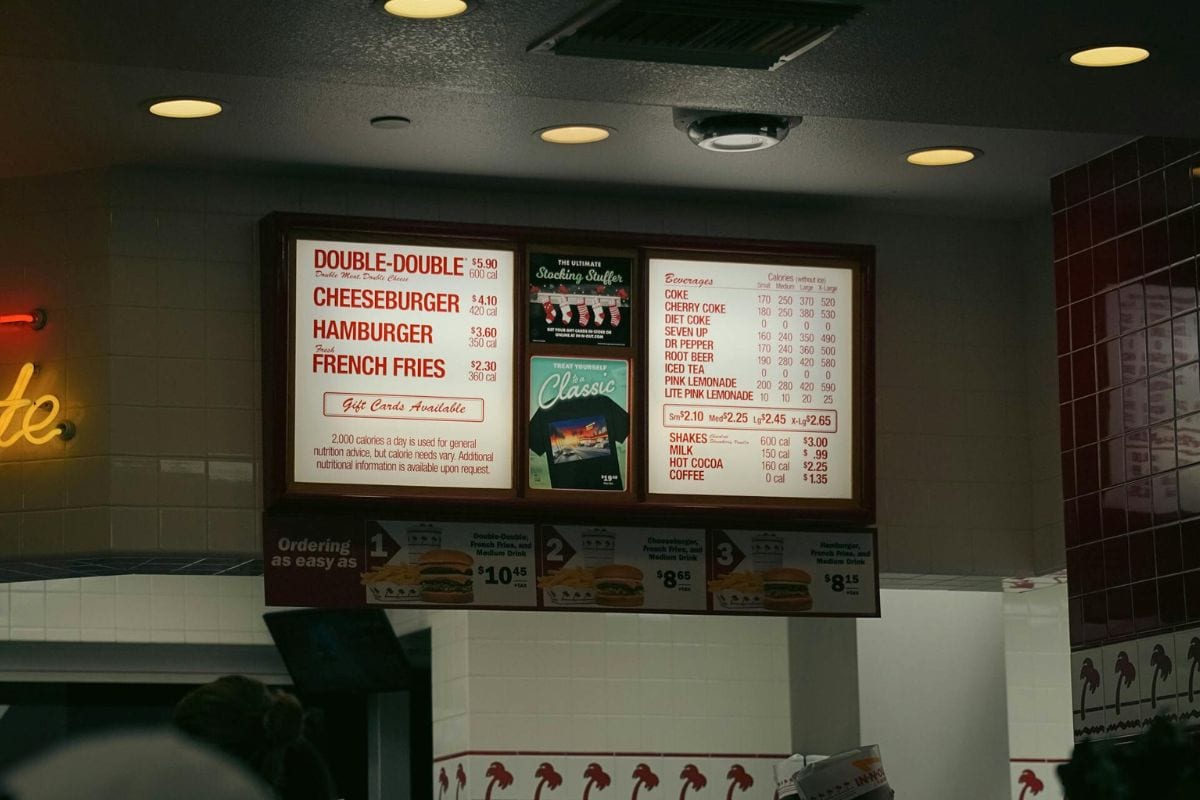
Charm pricing—using numbers that end in .99 instead of rounding up—is a classic psychological trick that makes items seem cheaper than they really are. A dish priced at $9.99 feels significantly less expensive than $10.00, even though the difference is just a penny. This trick is so effective that it’s used in virtually every restaurant, from fast food joints to high-end dining establishments.
Related Post: 15 Sneaky Corporate Tricks That Make You Spend More Without Realizing
5. Bundling Items to Hide Higher Costs
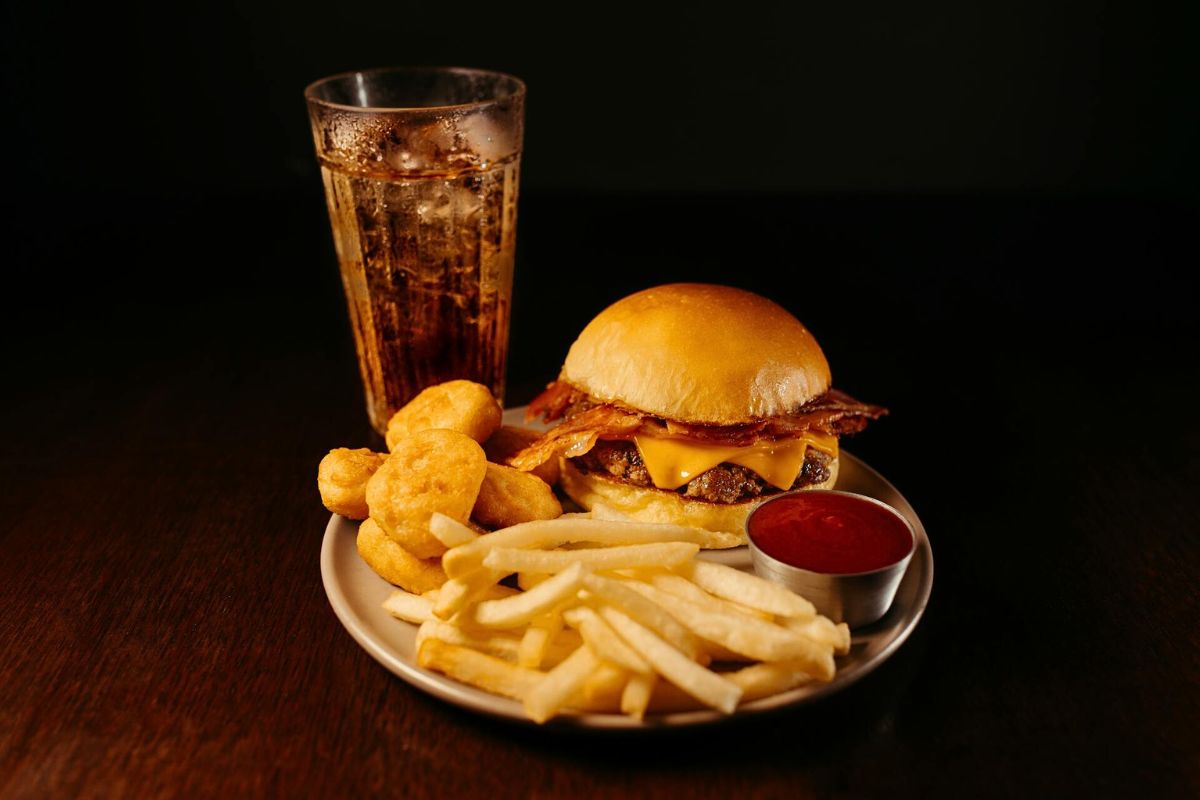
Combo meals and prix fixe menus seem like great deals, but they often contain items you wouldn’t have ordered separately. Restaurants use these bundles to upsell appetizers, drinks, or desserts, effectively increasing your total bill. While you might think you’re saving money by choosing a meal deal, you may actually be spending more on food you didn’t really want or need.
Sign up now to receive our exclusive e-cookbook filled with top-rated recipes for FREE!
6. Charging More for Half-Portions or “Lighter” Options
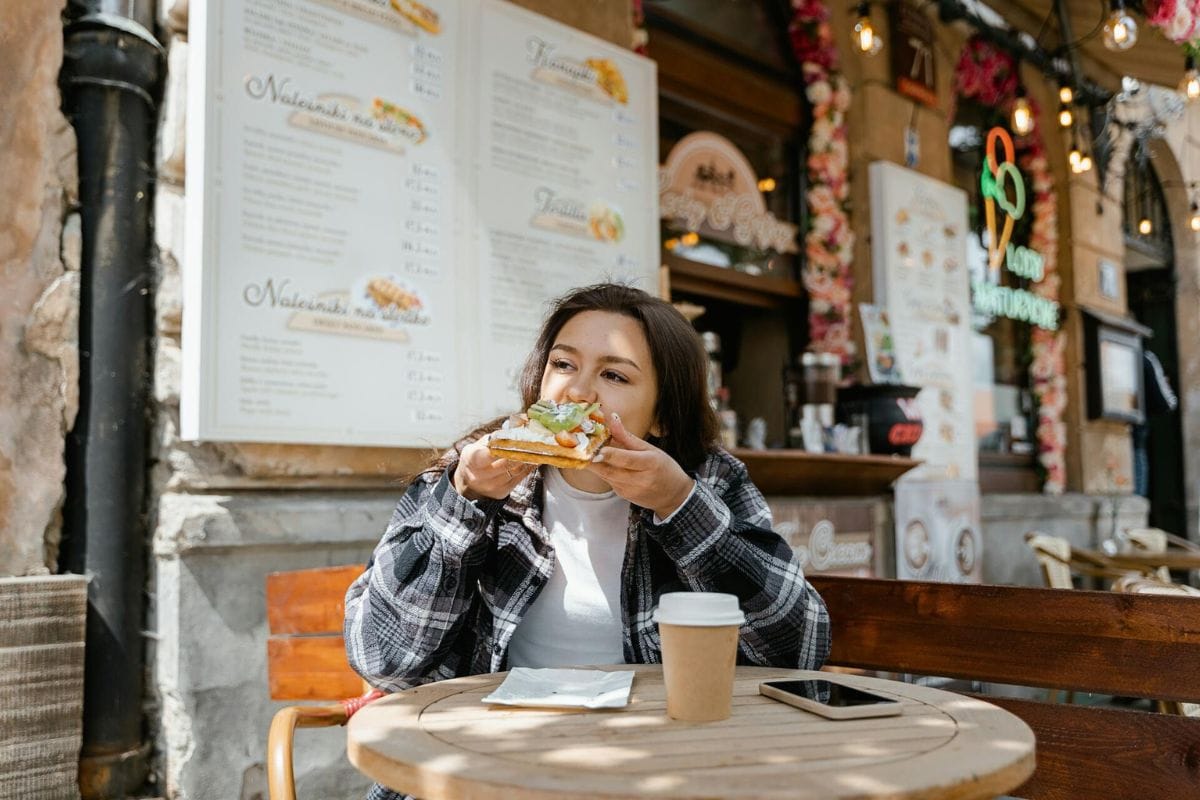
Some restaurants offer half-portions or “lighter fare” for a slightly lower price, but these are often not half the cost of the full-sized dish. For example, a full-size entrée might be $20, while the half-portion is priced at $15. This creates the illusion of savings, but in reality, the restaurant is making a higher profit margin on the smaller portion. If you’re looking for value, splitting a full-sized dish may be a better choice.
Related Post: 12 Packaged Food Ripoffs That Have Quietly Gotten Worse
7. Upselling with Suggested Pairings
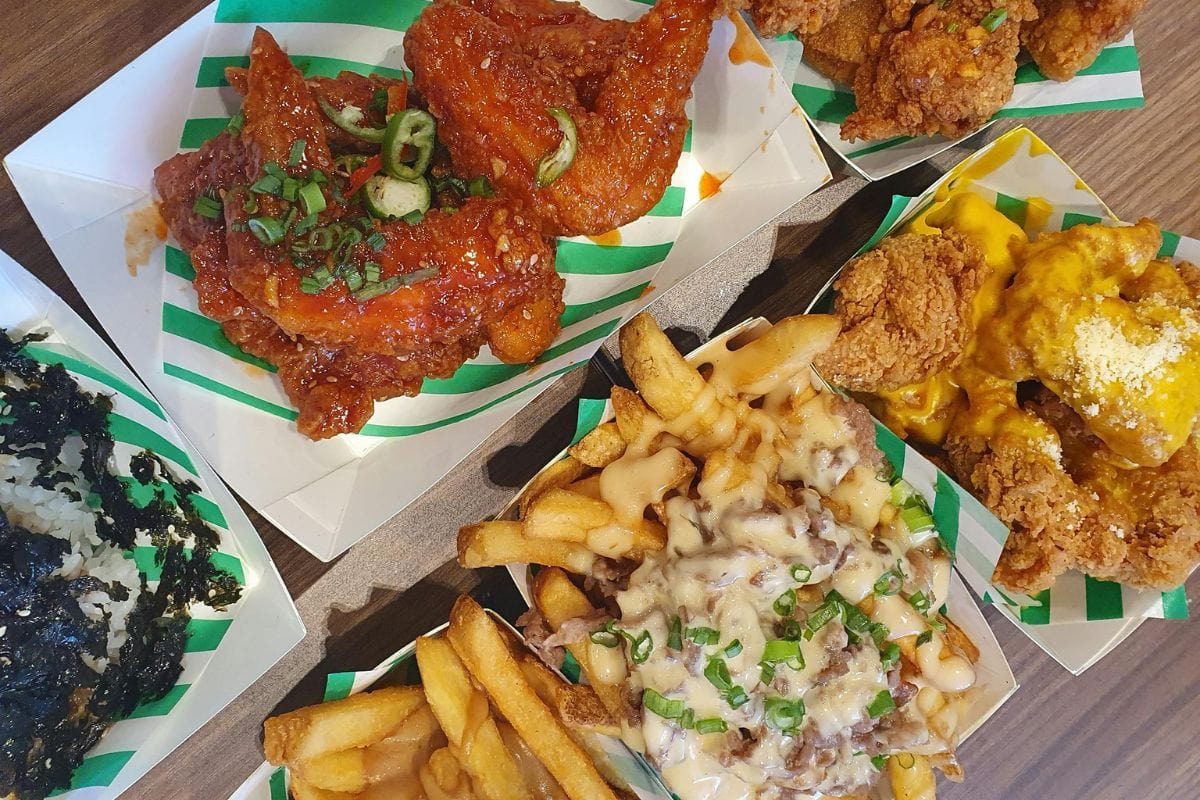
Servers are trained to suggest drink and appetizer pairings that complement your meal. While this might enhance your dining experience, it’s also a sneaky way to increase your bill. When you hear, “This wine pairs beautifully with your steak,” you’re more likely to say yes—even if you hadn’t planned on ordering wine. Being aware of this upselling tactic can help you stick to your budget.
Related Post: 13+ Simple Changes That Instantly Lower Your Grocery Bill
8. Overpricing Drinks to Boost Profit Margins
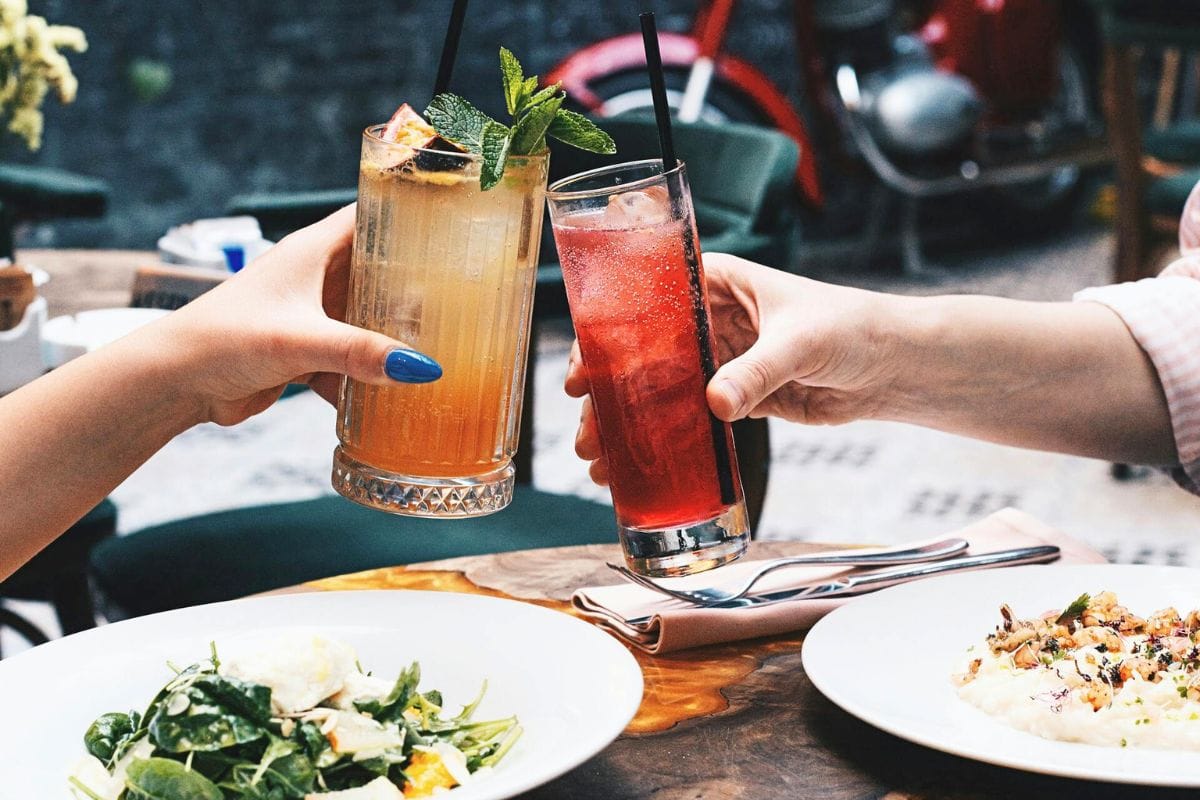
Beverages are one of the most profitable items on any menu, with markup rates often exceeding 300%. A simple glass of soda or iced tea that costs a restaurant less than 50 cents to serve can be priced at $3–$5. Cocktails and wines are even worse, sometimes being marked up 400–500%. Opting for water or checking the wine bottle price online before ordering can save you a significant amount.
Related Post: 11 Expensive Grocery Items That Are Cheaper in a Different Aisle
9. Offering Free Bread or Chips to Stall You
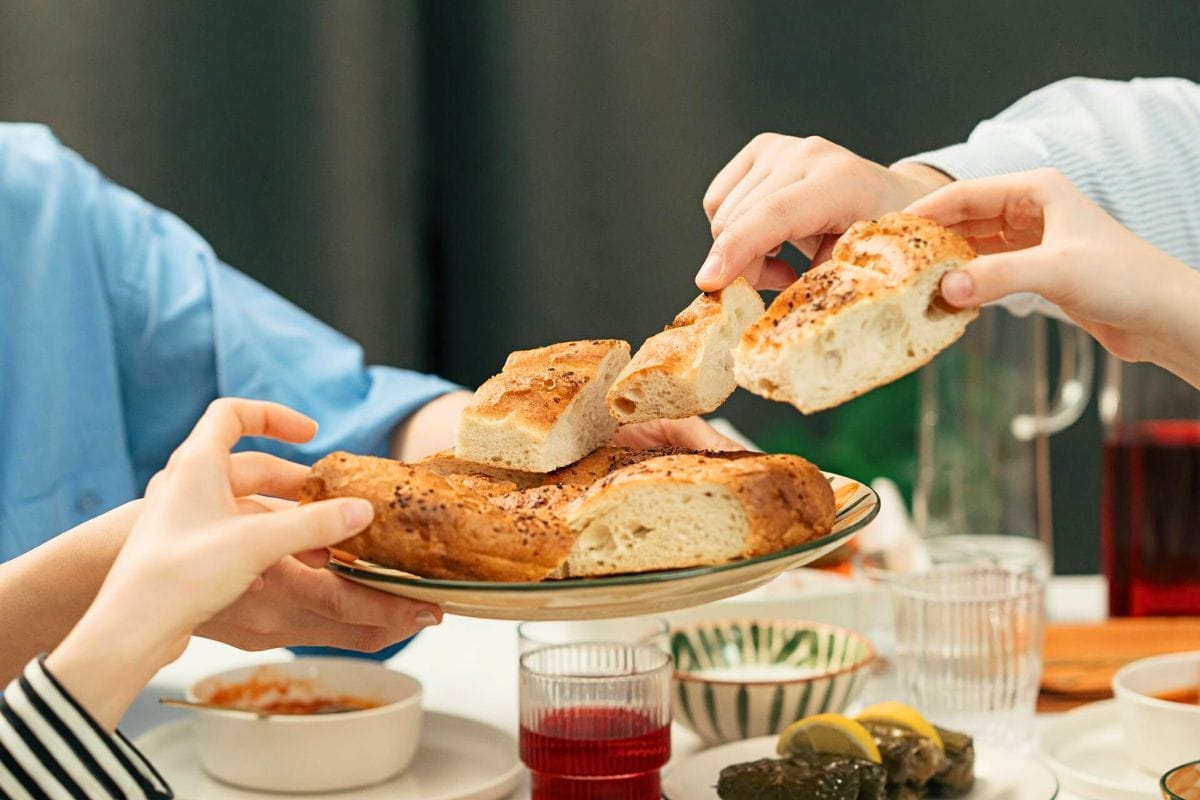
While complimentary bread, chips, or nuts seem like a generous gesture, they serve a hidden purpose: keeping you busy while you browse the menu. The longer you stay, the more likely you are to order additional drinks or appetizers. Some restaurants also use salty starters to make you thirsty, increasing the chances that you’ll order a high-margin beverage.
Related Post: 13 Everyday Products That Are Less Durable Than They Used to Be
10. Using Fancy Descriptions to Justify Higher Prices

Words like “handcrafted,” “locally sourced,” and “artisanal” make dishes sound more special, but they don’t always mean better quality. A regular burger might be listed as “grass-fed, dry-aged beef patty with caramelized shallots on a brioche bun,” instantly making it feel more gourmet—and justifying a $20 price tag. While some high-end ingredients are worth the price, don’t let flowery descriptions trick you into overpaying.
Sign up now to receive our exclusive e-cookbook filled with top-rated recipes for FREE!
11. Placing High-Profit Items in the Center of the Menu
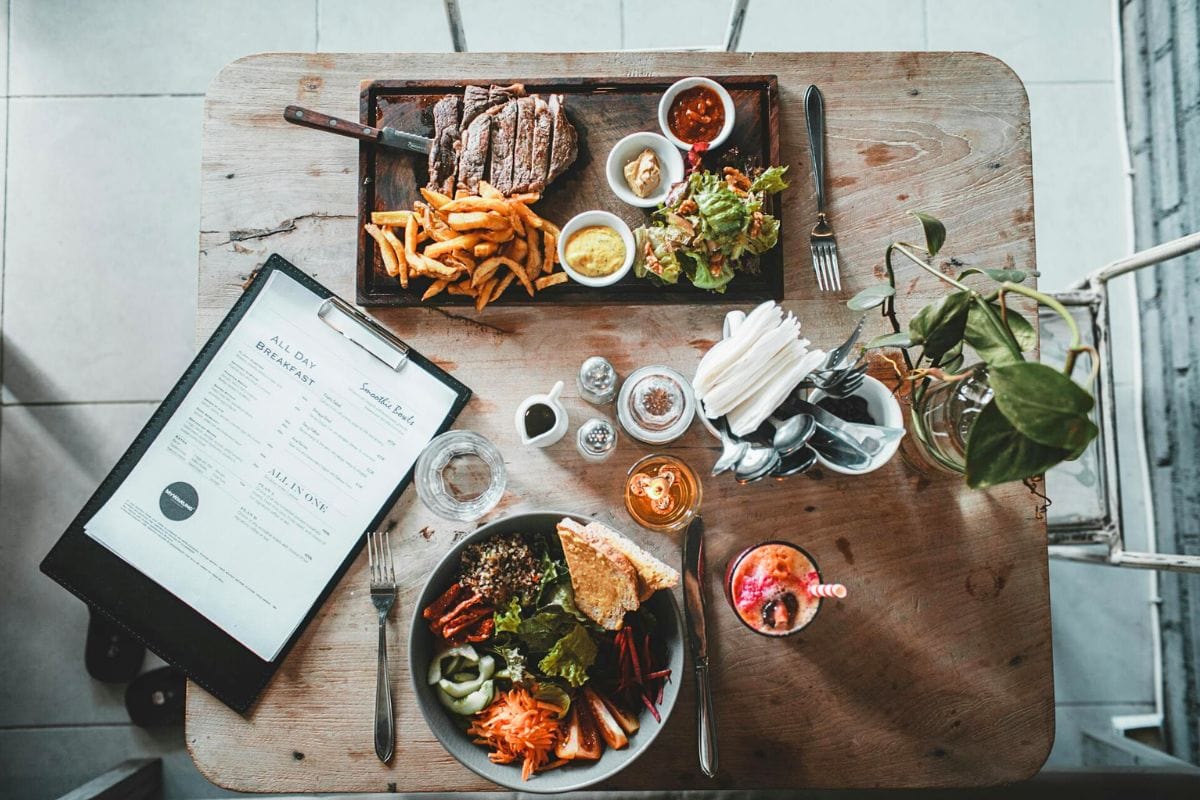
Your eyes naturally gravitate toward the center of a menu, and restaurants take advantage of this by placing high-margin dishes there. These items are typically not the most expensive but still provide the best profit for the restaurant. If you want to avoid overspending, scan the whole menu before making a decision rather than immediately choosing something from the center panel.
Related Post: 10 Old-School Restaurant Chains That Barely Exist Now
12. Serving Food on Small Plates to Make Portions Seem Bigger
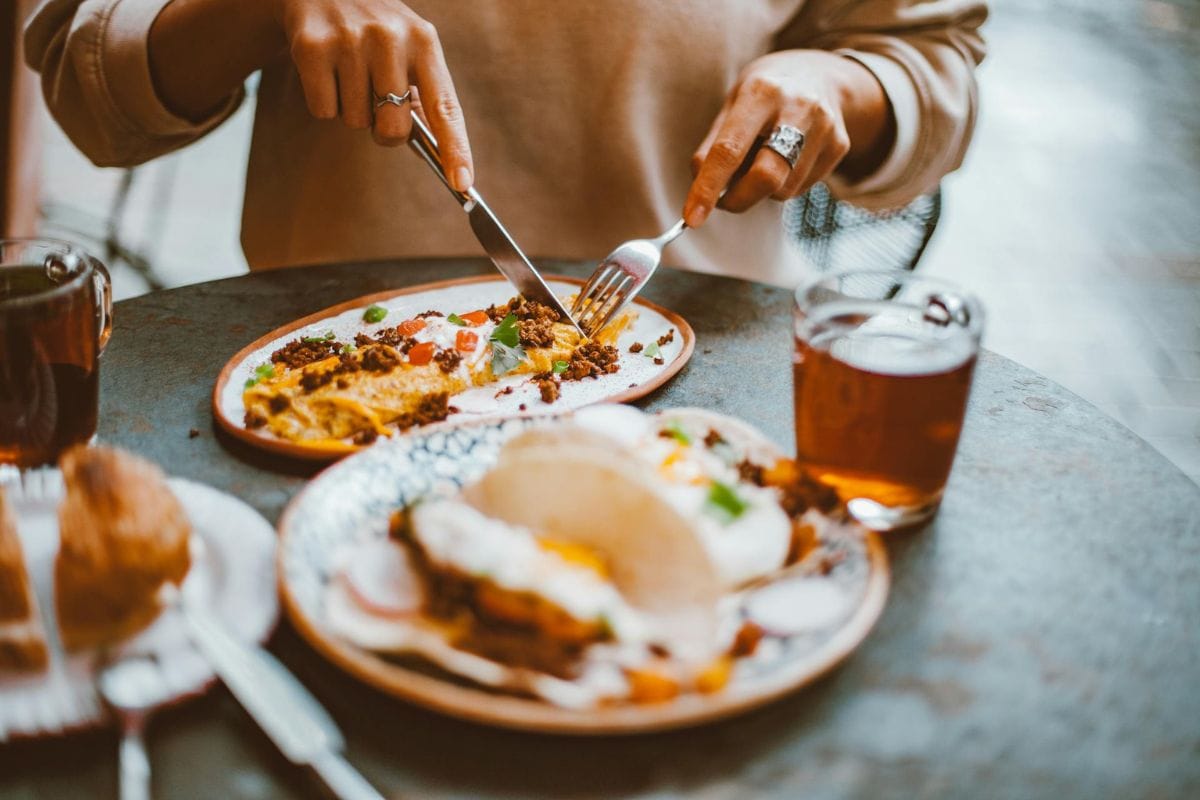
Restaurants often use smaller plates to make portions appear more generous. This trick, known as the Delboeuf illusion, makes your brain perceive a full plate as satisfying, even if the portion size has been reduced. Many high-end restaurants have downsized portions while keeping prices the same, relying on plating techniques to maintain the illusion of a full meal.
Related Post: 10 Supermarket “Sales” That Aren’t Really a Good Deal
13. Encouraging Dessert and Coffee Orders to Extend Your Stay
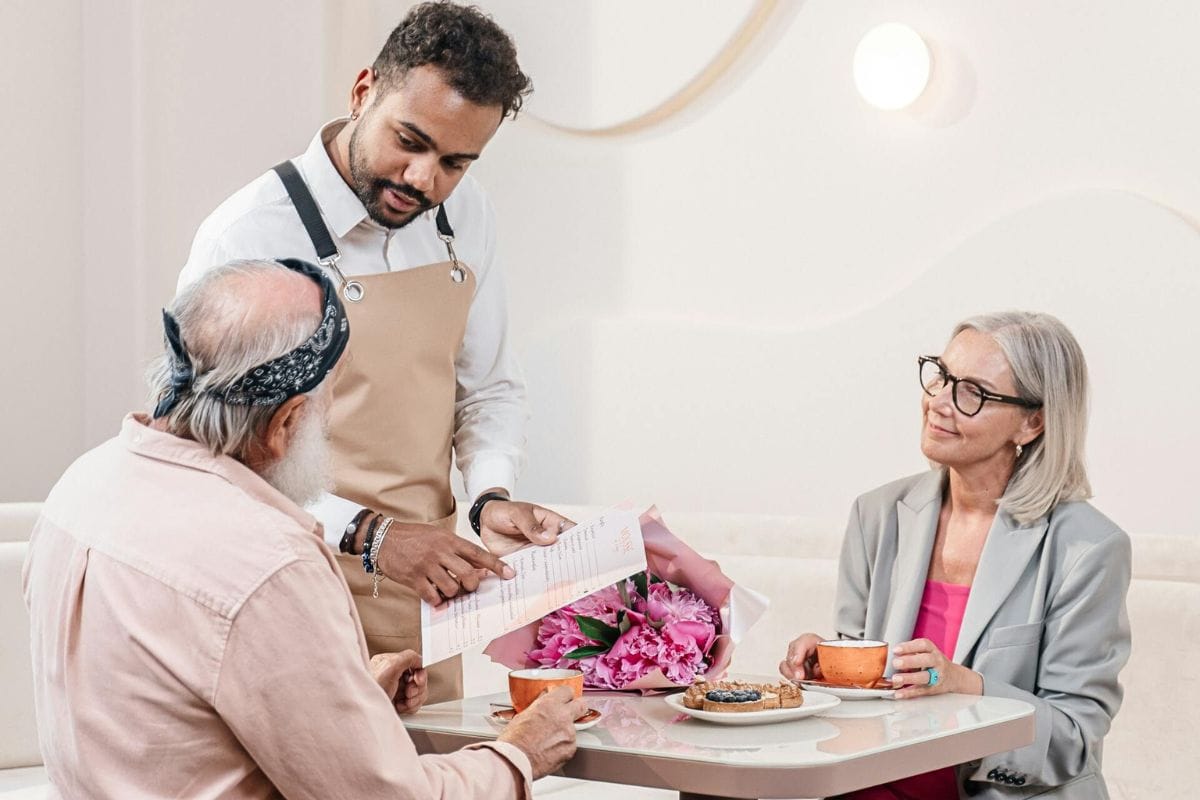
Many restaurants train their staff to subtly push dessert or coffee orders at the end of the meal. The longer you stay at the table, the more likely you are to continue spending—whether on an after-dinner drink, another round of cocktails, or a sweet treat. While a post-meal indulgence can be enjoyable, being mindful of these upsell tactics can help you avoid unnecessary add-ons.
Related Post: 10 Reasons Home-Cooked Meals Aren’t Always Better
14. Suggesting Gift Cards or Loyalty Programs for Future Spending
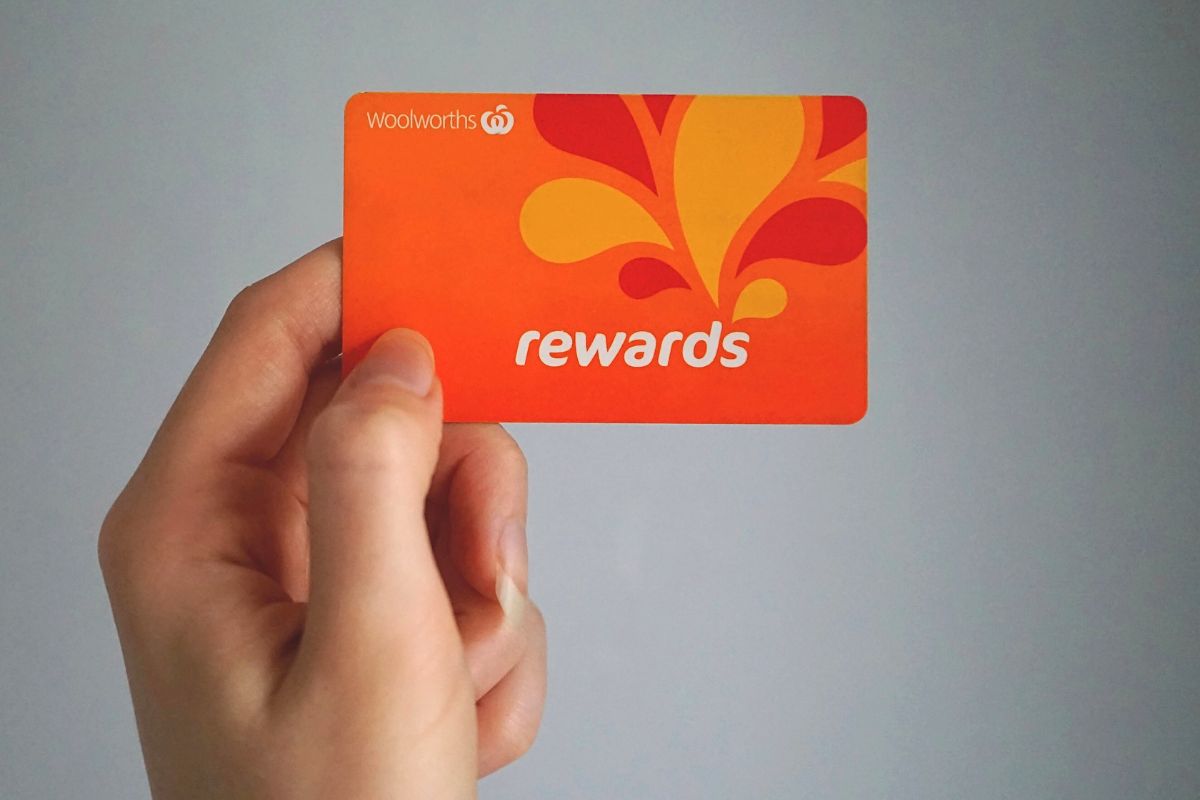
Many restaurants offer gift card promotions, such as “Buy a $50 gift card, get a $10 bonus.” While this seems like a great deal, it’s designed to bring you back and encourage future spending. Loyalty programs work the same way—offering small discounts that incentivize repeat visits, leading to more overall spending. If you wouldn’t normally dine there often, these deals might not be as valuable as they seem.
Related Post: 15 Common Food Myths You’ve Been Believing for Years
Be a Savvy Diner
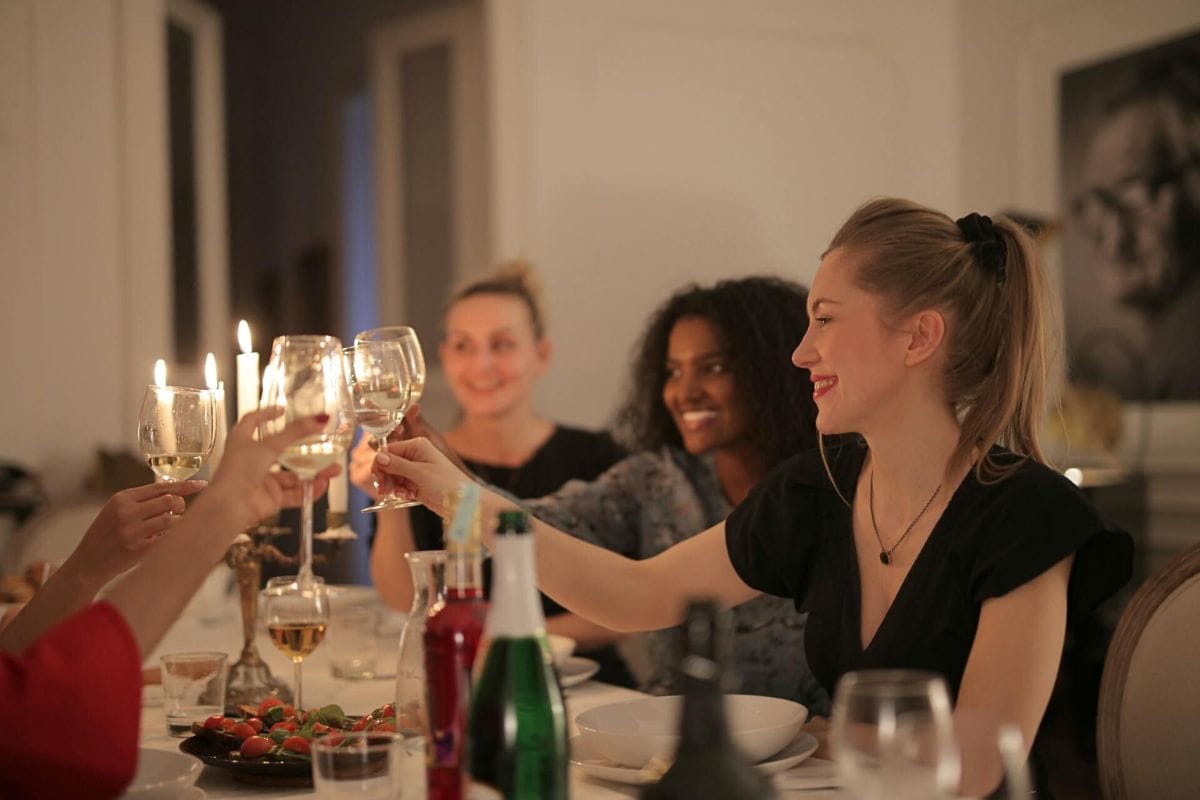
Restaurants use countless psychological and pricing tricks to encourage you to spend more, but knowing these tactics can help you dine smarter. From menu placement strategies to drink markups and portion illusions, being aware of these sneaky methods allows you to make more informed choices. Next time you eat out, take a moment to recognize these strategies and decide whether that upsell, bundle, or “deal” is really worth the extra cost. Your wallet—and your waistline—will thank you!
Disclaimer: This list is solely the author’s opinion based on research and publicly available information.
13 Worst Grocery Store Tricks Designed to Mislead Store Shoppers

Ever walked into a grocery store for just a few essentials, only to leave with a cart full of things you didn’t plan to buy? It’s not your lack of willpower—it’s by design!
Read it here: 13 Worst Grocery Store Tricks Designed to Mislead Store Shoppers
The 15 Worst Snacks Consumers Are Still Buying
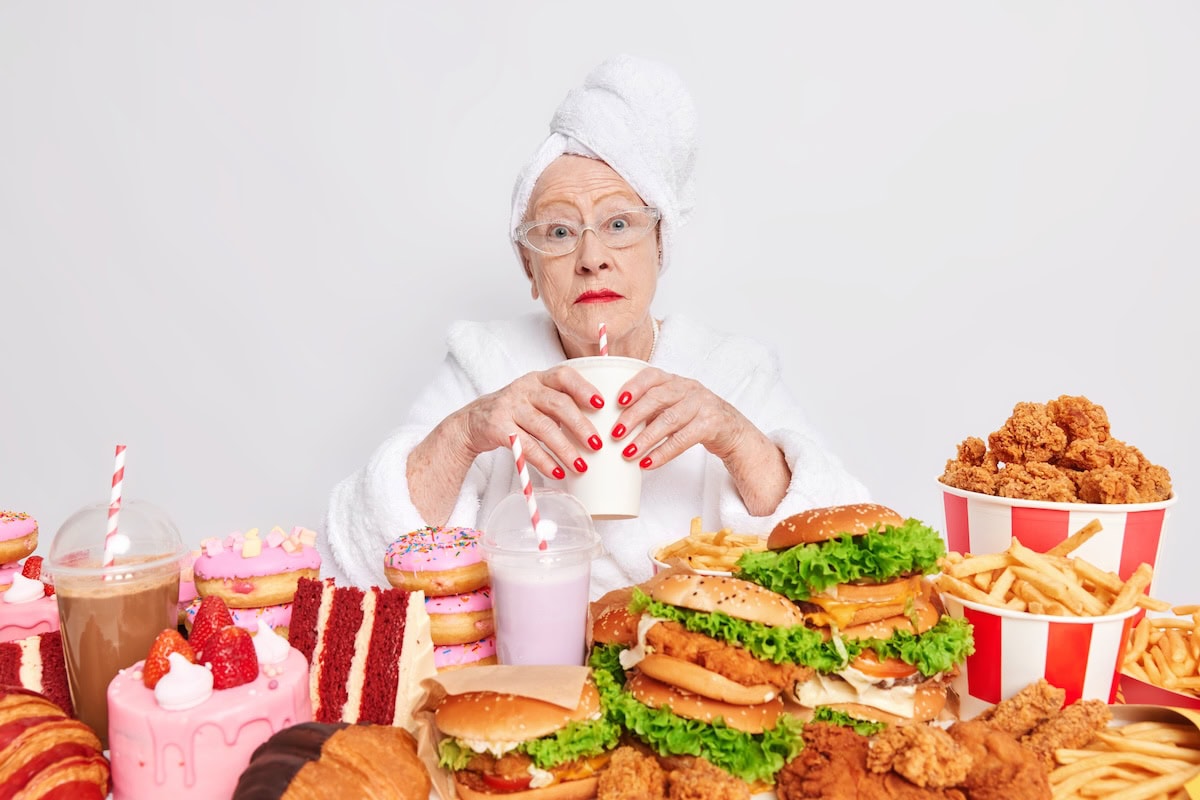
While snacking habits have evolved over the years, some nostalgic favorites from the past still linger on grocery lists. Unfortunately, many of these snacks are loaded with sugar, unhealthy fats, and artificial ingredients that don’t do our health any favors.
Read it here: The 15 Worst Snacks Consumers Are Still Buying
Is Walmart+ Still Worth It in 2025? The Truth After 3 Years

Could you be missing out on major savings and life-changing convenience? After three years with Walmart+, I’m sharing the honest truth about what’s worth it—and what’s not. Don’t sign up (or skip out!) without reading this first!
Read it here: Is Walmart+ Worth It? Honest Review 3 Years Later!
You’ll love these related posts:
